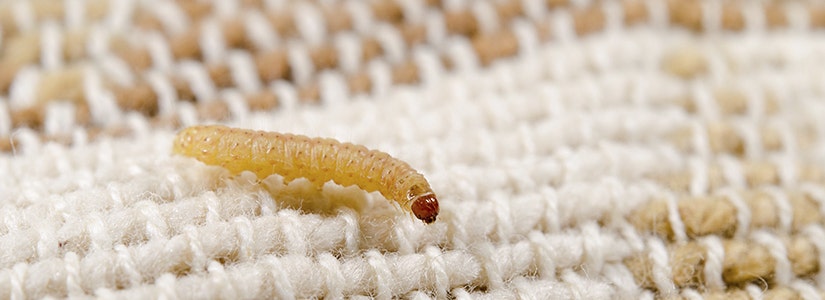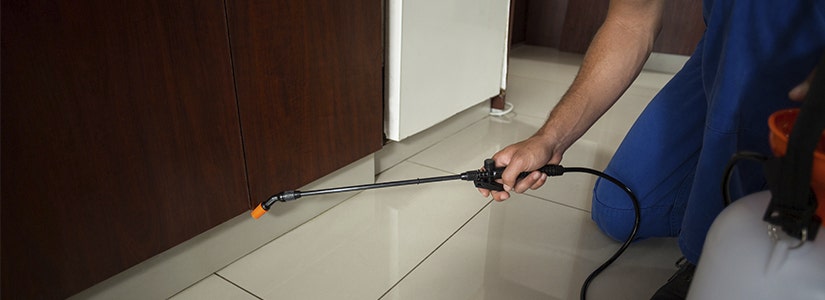

- Home
- Solution Center
- Learn
- Seasonal
- Controlling Moths: Clothing Storage Tips
Controlling Moths: Clothing Storage Tips
Changing temperatures mean it's time to tuck away seasonal clothes and other items until next year. By taking steps to store clothing safely, you can prevent household pests from making a meal out of your favorite fashions and help ensure that you'll enjoy your items next season.
Understanding Moths
Adult Moths don't chew holes in stored clothing –their larvae do. Adult Moths lay eggs on clothes, and eggs hatch into small worms. One batch of eggs produces enough larvae to destroy an article of clothing.
Before You Store Clothes
- Sort clothing and donate, consign or sell items not worn in the past year.
- Launder all pieces, even if they appear clean. Moths and other pests are attracted to food or perspiration stains more than they're attracted to fabric. Left untreated, small stains can also set in and become darker after storage.
- Do not use fabric softener, starch, sizing or bleach, which attract insect pests.
- Dry-clean clothing when labels specify or if Moth damage has occurred. Dry-clean all clothing stored in the same place as a Moth-damaged article to destroy possible eggs.
- Dry fabric completely before storing. Moisture will develop into mildew, which attracts insects.
- Iron cotton pieces for extra insurance against Moth eggs. The heat destroys any eggs that may be present.
Closets
- Empty and clean closets thoroughly.
- Remove all dust and dirt. Look for signs of mold or mildew, and disinfect as needed.
- Inspect the closet for any existing pest infestation. Apply household pest products as needed, following the label instructions.
- If you use fabric storage bags, launder them regularly to eliminate mold spores and dust.
Storage Solutions
- Transparent containers are ideal. Label opaque containers. Create an inventory of container contents and place atop clothing before closing the container.
- Vacuum-sealed storage bags take the least space and guarantee pest-free storage.
- Use plastic storage tubs with tight fitting lids. Disinfect, and line with a cotton sheet, muslin or acid-free tissue before adding clothing.
- Cardboard boxes attract insects. If you must use boxes, obtain new ones.
- A cedar closet or chest repels Moths, but note that an older chest may permit Moth access. The repelling scent fades over time –sand lightly to refresh it.
- Store clothing in a cool, dark, well-ventilated, dry area. Avoid garages, basements and attics
Pest And Insect Repellant Options
- Cedar wood repels Moths. Look for balls, chips or blocks. Avoid direct contact with garments –instead, slip cedar into socks or stockings. Replace cedar every few years or sand lightly to refresh scent.
- Naphthalene mothballs keep Moths out of clothing but must be used carefully, especially around children. Mothballs can irritate skin; keep fabric from coming into direct contact with mothballs. Air out mothball-stored clothing for several days prior to wearing.
- For a natural alternative to traditional home pest control products, dried herbs make a good pest deterrent. Try dried Lavender, Rosemary, Mint, Thyme or Cloves. Use herbs individually or in blends, placed into sachets and tucked among clothing. You also can use cotton balls sprinkled with herbal essential oils.
- To control certain types of clothing Moths, you can purchase traps that lure Moths onto sticky surfaces so they can't escape. To ensure the trap will be effective, you'll need to identify which type of clothing Moth you have.














